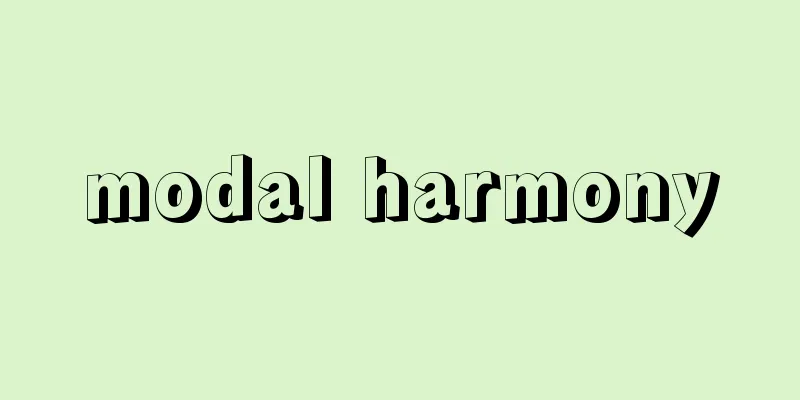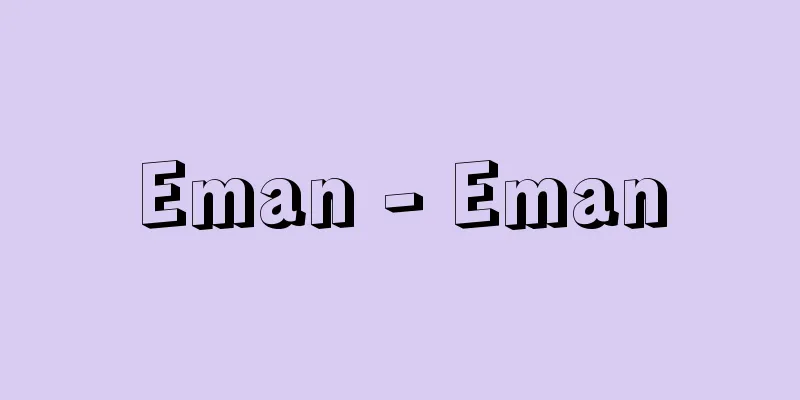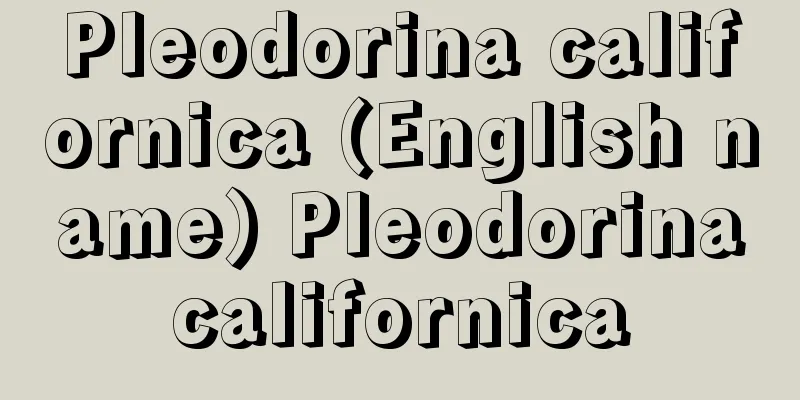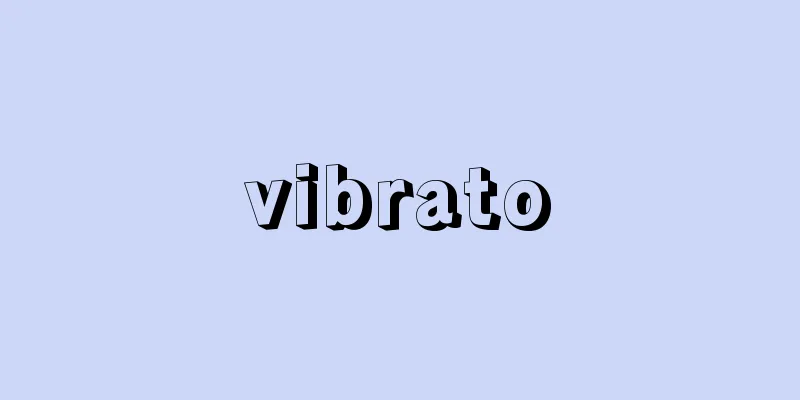modal harmony

|
...Harmonically, third intervals were recognized as consonant tones, and progressions such as T → S → T, T → D → T were widely recognized, but this was still an era in which church modes were followed, and the rules for connecting chords in functional harmony had not yet been recognized. The harmony of this era is called modal harmony. (3) Baroque Period From the 16th century to the 17th century, the eight church modes gradually converged into two diatonic scales, major and minor. ... *Some of the terminology that mentions "modal harmony" is listed below. Source | Heibonsha World Encyclopedia 2nd Edition | Information |
|
…和声的には,3度音程が協和音として認められ,T→S→T,T→D→Tなどの進行は多く認められるが,まだ教会旋法に従っていた時代であり,機能和声的な和音の連結の法則として認識されるには至らなかった。この時代の和声は旋法的和声法modal harmonyという。(3)バロック時代 16世紀から17世紀への時期に,8種の教会旋法は,しだいに長・短調の2種の全音階に収斂(しゆうれん)していく。… ※「modal harmony」について言及している用語解説の一部を掲載しています。 出典|株式会社平凡社世界大百科事典 第2版について | 情報 |
Recommend
Leeds - Leeds (English spelling)
A city in the West Yorkshire metropolitan county ...
Business Enterprise in its Social Setting
…In 1949, the Center for Entrepreneurial History ...
Fives (English spelling)
A sport in which two pairs of players hit a ball t...
Spartakus Gruppe (English spelling)
...Abbreviated as KPD. It was formed in 1918 by t...
Molybdenite
The most important ore mineral of molybdenum. Two...
Blue cohosh
...The pericarp breaks down early, exposing two b...
Humus
Humus is a dark, amorphous organic matter inheren...
Moldy Moss - Moldy Moss
…It is the family with the largest number of gene...
Solander, DC (English spelling) SolanderDC
…From his youth he aspired to study plants, and e...
Taranosho - Taranosho
A medieval manor located in the area of Tara-sh...
Fiberboard
Also known as fiberboard. A building material made...
Antlion - Antlion (English spelling)
The larvae of an insect of the family Antlionidae....
Hazelnuts
Hazel fruit. Usually refers to the fruit of the We...
Hiroshi Makimura
1912-1938 A poet from the early Showa period. Bor...
Garrod, A.
...A genetic disorder is a condition in which a g...









